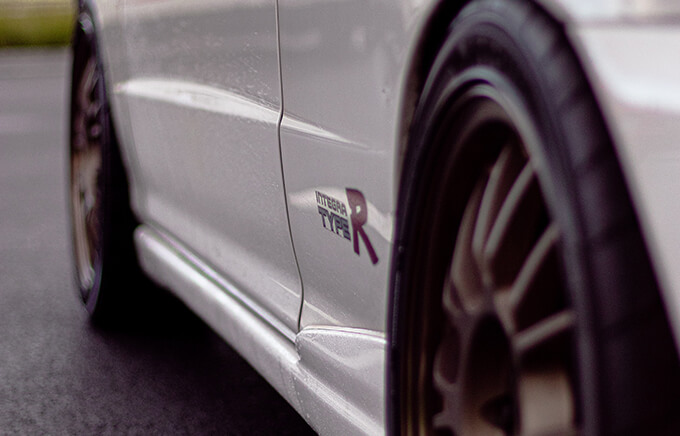Vintage cars are more than just automobiles — they’re rolling pieces of history. Every curve, chrome detail, and roar of their engines tells a story of innovation, craftsmanship, and cultural influence. That’s why the Vintage Car of the Year Recognition Award holds such prestige. It’s not just an honor for the car itself, but also for the passion of owners, restorers, and enthusiasts who keep these classics alive.
In this blog, we’ll explore the legacy of the award, the criteria behind choosing winners, past iconic recipients, and why it continues to inspire vintage car lovers worldwide.
Table of Contents
The Legacy of the Vintage Car of the Year Award
The Vintage Car of the Year Recognition Award was established to celebrate automotive heritage and honor cars that stand as symbols of timeless design and engineering excellence. Unlike modern car awards that focus on performance, technology, and innovation, this recognition is all about preservation, authenticity, and historical value.
Over the years, the award has become a global benchmark, drawing attention from museums, collectors, and car clubs. It has also inspired greater appreciation for restoring and maintaining vehicles that shaped the evolution of the automobile industry.
Criteria for Winning the Award
Not every classic car qualifies — the selection process is rigorous and carefully designed to reward true excellence. Here are the main judging criteria:
-
Authenticity and Historical Significance – Cars must reflect originality, with minimal alterations that stray from their era. Vehicles linked to notable events, cultural milestones, or iconic ownership often rank higher.
-
Restoration Quality and Craftsmanship – Restorations should respect the original design. Judges look for meticulous attention to detail, from bodywork and paint to interior finishes.
-
Rarity and Influence – Limited production models, unique prototypes, or cars that influenced future designs often stand out.
-
Performance and Condition – Beyond aesthetics, cars are evaluated on drivability, mechanical excellence, and preservation of original performance standards.
This strict process ensures the award goes to vehicles that are not only beautiful but also historically meaningful.
Iconic Past Winners
Some past Vintage Car of the Year Award recipients have become legends in their own right. For example:
-
Jaguar E-Type (1960s models) – Often celebrated as one of the most beautiful cars ever made, recognized for its groundbreaking design and performance.
-
Mercedes-Benz 300SL Gullwing (1954–1957) – A rare classic admired for its iconic doors, racing history, and influence on sports car design.
-
Ford Mustang Fastback (1965–1967) – Representing the birth of the pony car era, it remains a cultural icon of American freedom and style.
Each winner not only receives recognition but often sees a dramatic boost in prestige and value. Collectors pay attention to these awards, and market demand typically follows.

Why This Award Inspires Collectors and Enthusiasts
The Vintage Car of the Year Recognition Award is more than a title — it’s a symbol of passion. Here’s why it inspires the automotive community:
-
Influences Market Trends – Winning cars often spark renewed interest in similar models, driving collector demand and investment opportunities.
-
Encourages Authentic Restorations – Owners strive for excellence in craftsmanship, knowing that attention to detail could one day earn them recognition.
-
Strengthens Community – Whether at international car shows or local clubs, the award unites people who share a love for vintage vehicles and heritage.
-
Preserves History – Most importantly, the award reminds us why we preserve these machines — not just for display, but as living connections to automotive history.
Frequently Asked Questions (FAQ)
1. What is the Vintage Car of the Year Recognition Award?
It’s an annual honor given to the most outstanding vintage car, celebrating authenticity, historical importance, and preservation.
2. Who decides the winner of the Vintage Car of the Year Award?
A panel of experts, historians, and automotive enthusiasts carefully evaluates candidates based on authenticity, restoration, rarity, and influence.
3. What cars are eligible for the award?
Typically, vehicles classified as “vintage” (often pre-1970s, though it can vary) that remain true to their original form or have undergone faithful restoration.
4. How does winning the award impact a car’s value?
Winners often see increased prestige and market value, as collectors recognize the award as a seal of excellence.
5. Where is the Vintage Car of the Year Award presented?
It’s usually awarded at prestigious car shows, heritage festivals, or international automotive events.
Final Thoughts
The Vintage Car of the Year Recognition Award isn’t just about honoring a car — it’s about honoring history, passion, and craftsmanship. Each winner carries forward the story of its era, reminding us why these vehicles deserve preservation. For collectors and enthusiasts, it’s not only an award but a lasting inspiration to keep the spirit of classic motoring alive.
